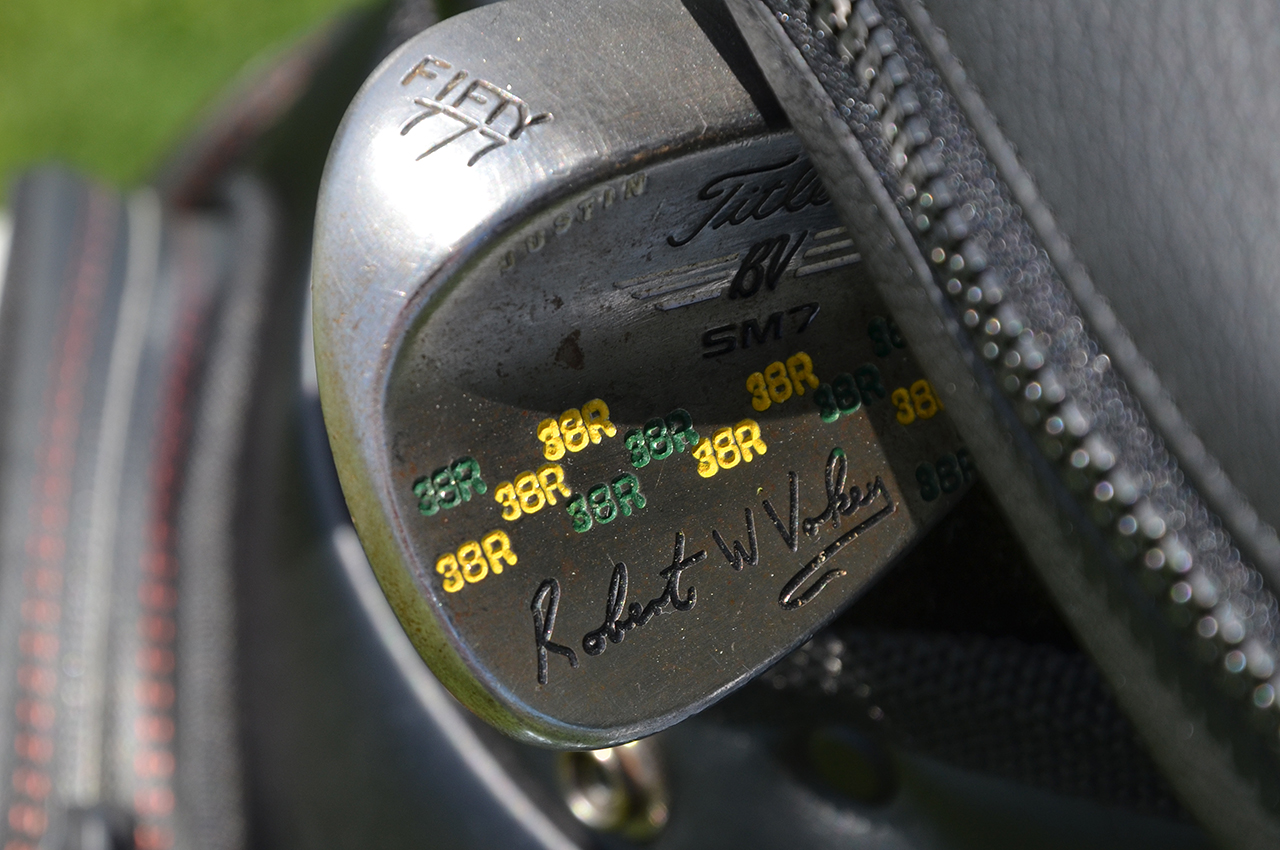Whether you are lucky enough to have a badge and plan to attend this year’s Masters Tournament in person or will be watching the action at Augusta National Golf Club from home, you already know plenty of details about the season’s first major because it is the only one that returns to the same venue every year. Green jackets, pimento cheese sandwiches, epic collapses, back-nine charges and the hole locations on Sundays – they all combine to make the Masters unique.
But there are a few things related to golf equipment that most patrons and Masters fans are unaware of, but that also make the tournament special.
No Equipment Vans on Site
At week-to-week PGA Tour events and the other three major championships, golf equipment makers like Titleist, Ping, TaylorMade, Callaway, Cobra and Cleveland/Srixon park large trucks near the practice area because technicians, fitters and other reps work closely with the players on Mondays, Tuesdays and Wednesdays as they prepare for the tournament. The vans arrive on Sunday afternoon and leave as a group shortly in the early afternoon on Wednesday to start the drive to the next event.

At the Masters, PGA Tour reps have to park trailers across the street and walk back and forth to service players. (Google Earth)
However, there are no equipment vans on-site at the Masters Tournament. The trucks park in a large lot across the street at the corner of Washington Road and Azalea Drive. The technicians and PGA Tour reps who are credentialed to work at the Masters Tournament need to cross Washington Road and then go through a special gate to gain access to the grounds, then they walk either around or through the caddie building before arriving at the practice range.
Like the patrons, the PGA Tour reps and company workers are not allowed to bring their cell phones into Augusta National, so communication can be challenging and there is a lot of walking back and forth between the practice area and the trucks.

PGA Tour reps and technicians work with players in the practice area but do not linger on the range, keeping it much more open. (David Dusek/Golfweek)
Also, fitters and technicians need to be brought to the practice area by a player or requested by a player. Loitering around the range or near the practice green is not done. If business discussions need to happen, those conversations typically happen either under the massive oak tree behind the clubhouse or in a quiet place away from the practice area.
No Demos
Like the rest of us, when pros start missing putts and get frustrated, they can be tempted to look for a new putter to turn things around, and at nearly all PGA Tour events, companies leave large bags filled with demo clubs, prototypes and other putters for competitors to try. However, at the Masters Tournament, that doesn’t happen.

An assortment of Odyssey putters available for golfers to try at Riviera Country Club during the Genesis Invitational. (David Dusek/Golfweek)
There are two practice greens at Augusta National for competitors to use. There is a large one next to the driving range in the practice area, and a second putting green behind the clubhouse and just a few steps away from the first tee. Players make use of both practice greens throughout the week, but the only golf bags you will see are those being used by the players. There are no demo bags or areas with gear left for players to try at the Masters.
Unique Wedge Prep
The greens at the Augusta National Golf Club are famous for being fast and for having massive slopes and undulations. There are also tightly mowed areas where players need to chip and pitch the ball, and those factors combine to put a premium on wedge play and generating spin, so you might think that competitors use brand-new wedges at the Masters Tournament. They don’t.

In 2019, Justin Thomas had his jacket size stamped into his Titleist wedges. (David Dusek/Golfweek)
During the Florida Swing in March, PGA Tour reps who are responsible for wedges often chat with players who are already in the field at the Masters about what clubs they will want to use at Augusta National. Based on those conversations, the technicians will then either give the players what they want at a tournament or send the clubs directly to the player’s home. Next, the players will “break in” the wedges by either using them in one or two practice sessions or non-competition rounds. The goal is for the player to feel how the soles work through the turf and how the bounce feels, and to gain trust in the wedges’ performance. Once that is established, the golfers will set the broken-in wedges aside and save them for the Masters.

